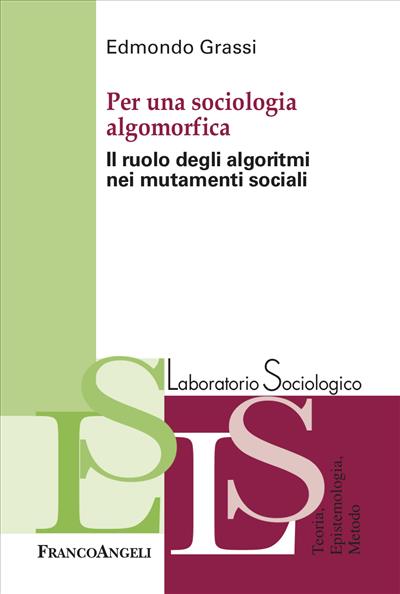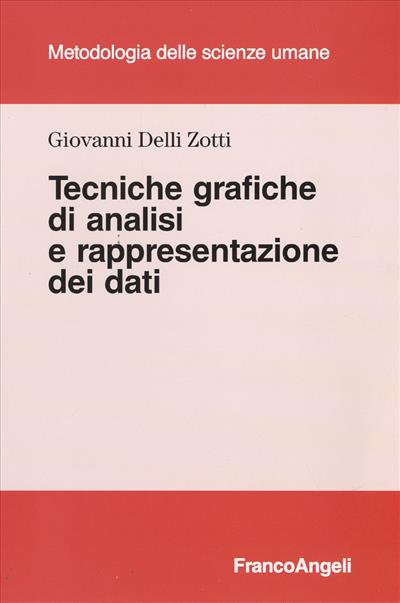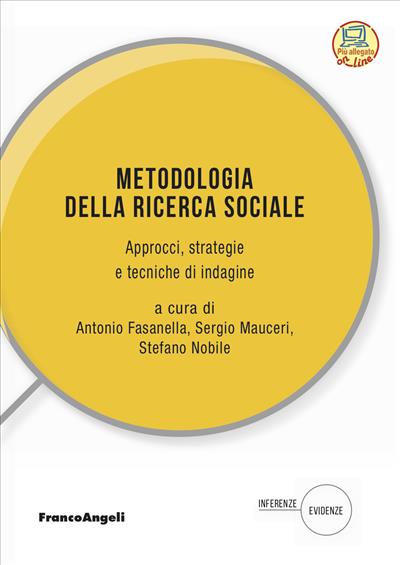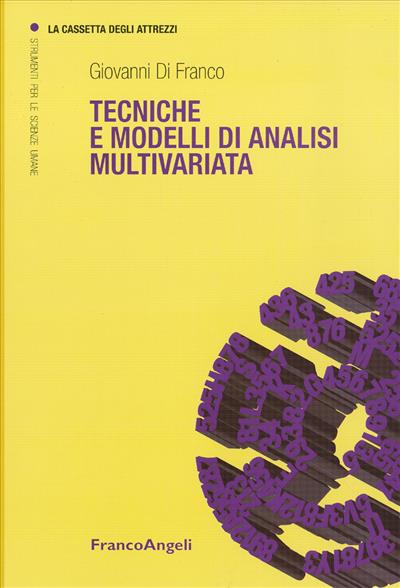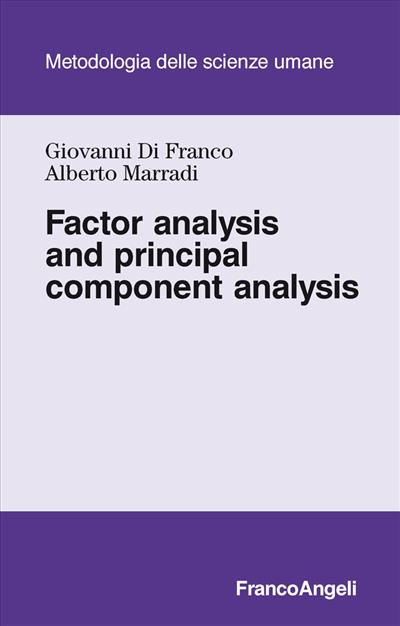
Giovanni Di Franco, Alberto Marradi
Factor analysis and principal component analysis
Within the vast archipelago of data analysis tools, factor analysis and principal component analysis are among the islands more frequently visited by human scientists. This book is devoted to those who wish to exercise full intellectual control over the tools they employ, while acquiring the ability to critically appraise the results obtained in relation to the objectives of their research projects.
Pagine: 244
ISBN: 9788820457525
Edizione: 1a edizione 2013
Codice editore: 1120.23
Disponibilità: Buona
Pagine: 244
ISBN: 9788891700827
Edizione:1a edizione 2013
Codice editore: 1120.23
Possibilità di stampa: No
Possibilità di copia: No
Possibilità di annotazione: No
Formato: PDF con DRM Readium LCP
